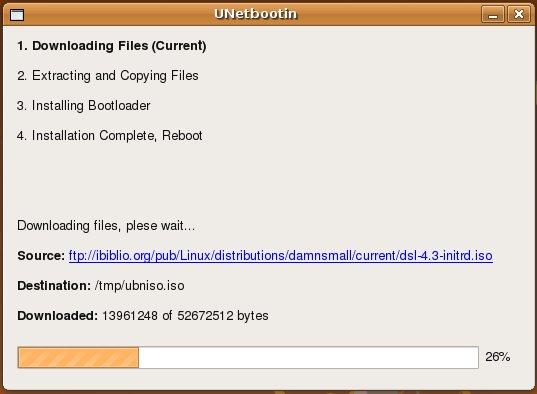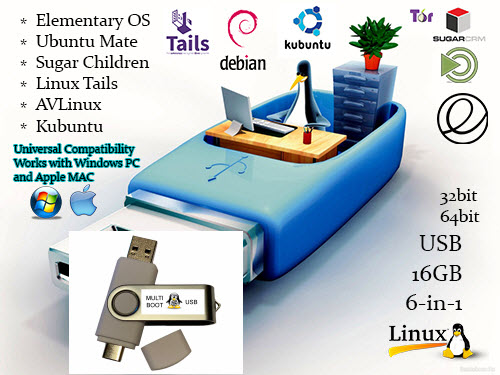


Configure VMware Server Interfaces for the Cisco ISE Profiler Service.Enable Virtualization Technology on an ESXi Server.Prerequisites for Configuring a VMware ESXi Server.Install Cisco ISE on VMware Virtual Machine Using the ISO File.Virtual Machine Resource and Performance Checks.Reimage the Cisco SNS 3500/3600 Series Appliance.Create a Bootable USB Device to Install Cisco ISE.Now your flash drive is ready to boot on any Mac or EFI compatible PC. refind-install -usedefault /dev/diskXXX (replace XXX with appropriate name) Run diskutil list and find the name of your flash drive’s EFI partition.Open Terminal and navigate to rEFInd directory.It can detect any operating systems installed in EFI mode and boot them. We will be using a super awesome 3rd party boot manager rEFInd. Reboot into Mac after installation finishes.Create a reasonable sized ext4 partition, with mount point = '\' (Primary).On your target drive, create a 200MB EFI System Partition as the first partition (Primary).Keep going next untill an option comes as shown in below image.Once into the live session, open terminal and run ubuquity -no-bootloader, this will start installation wizard in a mode that wont install a bootloader (Dont worry we will take care of it later)įig 1: Run installer with no-bootloader option.Step 3: Install Linux on target flash drive Plug both drives and press option+power button Step 2: Boot using live installation drive The Solution Step 1: Preparing live USB for installationĭownload your favourite Ubuntu flavor, Im using Ubuntu Mateīurn the iso to a USB drive(not on your installation flash drive) using UNetbootin This makes the flash drive only bootable on the mac it was made on.Ubuntu installer is buggy and always installs bootloader in EFI partition of internal HDD despite being instructed to install it on EFI partition of flash drive.Modern Macs boot using EFI and their bootloader expects boot partition to be HFS+ or APFS(High Sierra) not EXT4.Since I got it figured out I decided to write this post so that other people can benefit from it. After reading multiple sources I deduced what was the problem. I did a lot of googling but could’nt find anything that worked. It was later that I realised it wasn’t so straight forward mainly because of EFI boot and Mac ‘quirks’.

It struck me that if I install Linux on my flash drive it would make my life a hell lot easier. I did have a USB 3.0 flash drive which had speeds comparable to some(not-so-fast) harddrives. I own a 128GB MacBook Air I could’nt install Linux on it as storage was tiny. I was recently using multiple machines for work (Lab machines, friend’s laptop, etc) and I needed Linux.


 0 kommentar(er)
0 kommentar(er)
